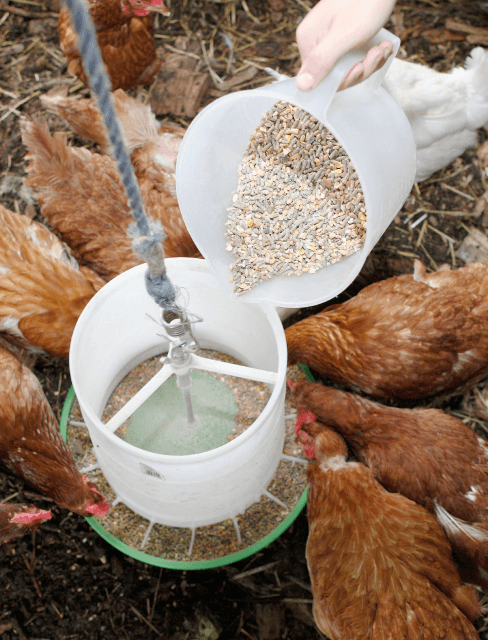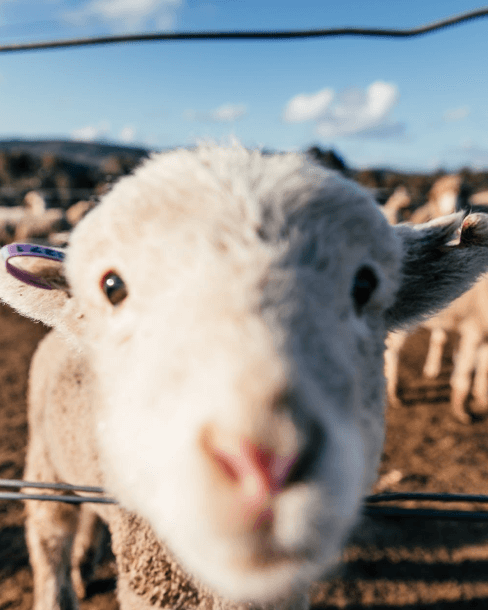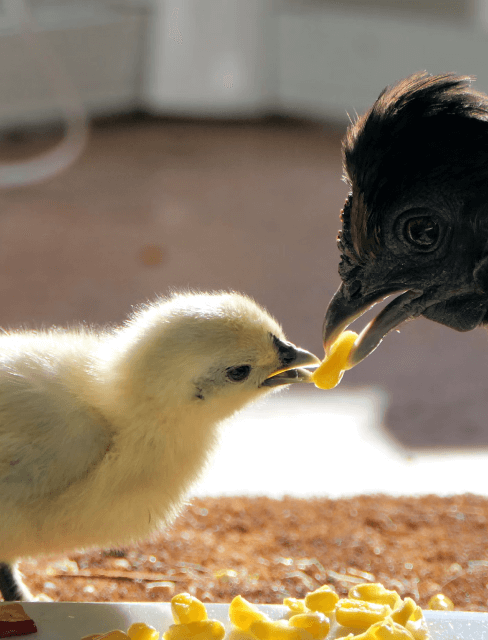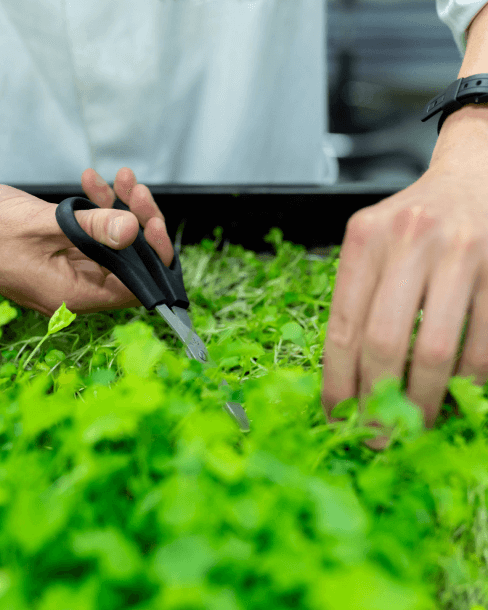
Specialty feed ingredients
A user-friendly guide to specialty feed ingredients
The key role of nutrition in the well-being and health of animals
A balanced nutrition has an essential role to play in the well-being and health of both humans and animals.
Article 13 of the Treaty on the Functioning of the European Union states that all animals, regardless of their role – pets, sport animals, farm animals, to name a few – deserve their welfare requirements to be taken into full regard. Animal well-being is based on the pursuit of the so-called “Five Freedoms”, first among these, freedom from hunger and thirst, including an appropriate diet to maintain full health and vitality.
When it comes to farm animals, a great part of their diet usually consists of maize, wheat and soybean meal. In order to avoid possible deficiencies and to ensure the assimilation of all the essential nutrients, specialty feed ingredients are typically needed. These ingredients play a key role in guaranteeing appropriate animal nutrition and, therefore, the animals’ health and well-being. The ingredients provide other numerous benefits; in fact, among other things, they improve the quality of the final animal products and can reduce the environmental footprint of animal production itself.
In fact, the use of feed additives in animal nutrition in the European Union is subject to a stringent regulatory framework provided by Regulation (EC) No 1831/2003. To be placed on the market, these ingredients must undergo a thorough and rigorous scientific assessment to obtain an authorisation. The applicant must demonstrate the safety of the product for the animal, for the consumer, for the user and for the environment, as well as its efficacy. These requirements are evaluated by the European Food Safety Authority (EFSA). It is only after a positive review by EFSA that the European Commission will authorise the product.
Therefore, all EU-authorised feed additives are safe and this is a precondition for their use.
A great number of feed additives are also authorised and needed for feeding animals in organic farming. For instance plant extracts, vitamins, trace elements, clays, micro-organisms, organic acids and some enzymes.
What are the benefits ?

Animal health and welfare
Raw materials (e.g. wheat, corn) alone are often not able to satisfy pets’ and farm animals’ needs in terms of dietary intake of essential nutrients, necessary to guarantee their good health and, consequently, their welfare. To avoid deficiencies and possible serious shortcomings, specialty feed ingredients such as amino acids, vitamins and trace elements are fundamental in an animal’s diet, taking into consideration their requirements during the different stages of life.
Nourishment, however, is not the only function these ingredients carry out to preserve and improve animals’ health and well-being. Sensory additives, such as flavourings and colourants, improve the feed’s presentation, palatability and stimulate the animal’s appetite.
For instance, a vanilla extract can increase the appetite of piglets during the period of weaning, or when fed to cows, can ensure optimal animal feeding for the production of milk. Zootechnical additives enable a more efficient use of the nutrients present in the diet. Well known examples are probiotics which preserve the balance of the intestinal microflora; or active yeasts which improve the functioning of the digestive system by preventing the spread of harmful micro-organisms.
Specialty feed ingredients serve to strengthen animal health and therefore increase resistance to harmful micro-organisms. As such, they contribute to reducing the need of antibiotics in animals.
Methane, nitrogen and phosphorus are important emissions deriving from livestock production. They contribute to global warming, as well as to the pollution of water, air and soil via manure.
Certain specialty feed ingredients, such as enzymes, are able to reduce the overall quantity of phosphorus released into the environment through the animals’ faeces. Amino acids are capable of reducing the amount of nitrogen excreted.
The specialty feed ingredients and feed industry overall contribute to a more efficient feed and food chain and hence the sustainability of animal production.
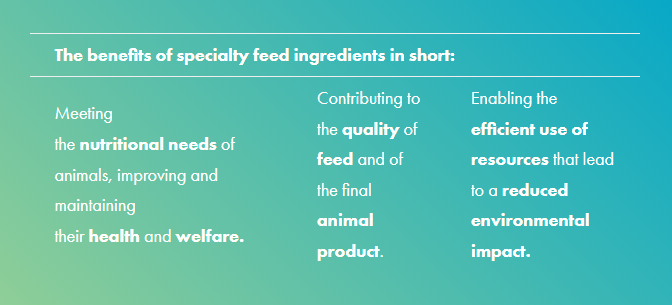
FAQ
Can we do without specialty feed ingredients?
Raising farm animals to feed a world population requires specialty animal feed. The amount of raw materials needed to cover the animals’ dietary requirements would otherwise increase exponentially, alongside the use of land, water and energy needed to produce them. This would further enlarge livestock production’s environmental footprint. Specialty feed ingredients contribute to the efficient use of raw materials needed to cover animals’ dietary requirements. Sustainable farmers require specialty feed ingredients that contribute to an improved feed conversion ratio for a more efficient use of land, water and energy.
Are specialty feed ingredients safe?
This includes evaluation of their safety for the animal, the consumer, the user and the environment.
Are antibiotic growth promoters used in animal feed?
The fact that the use of antibiotics as growth promoters has been banned in Europe remains widely unknown amongst the general public. This was recently demonstrated in the latest European barometer, which showed that only 38% of EU citizens know that using antibiotics to stimulate growth in farm animals is banned within the EU. Since the 2006 EU ban on the use of antibiotics as growth promotors, other continents have decided to follow this example underpinning the position of the EU as a best practice region as outlined in the EU One Health Action Plan on Antimicrobial Resistance.
Want to join Fefana ?
Become a member.
Want to know more about FEFANA ?
Contact us




